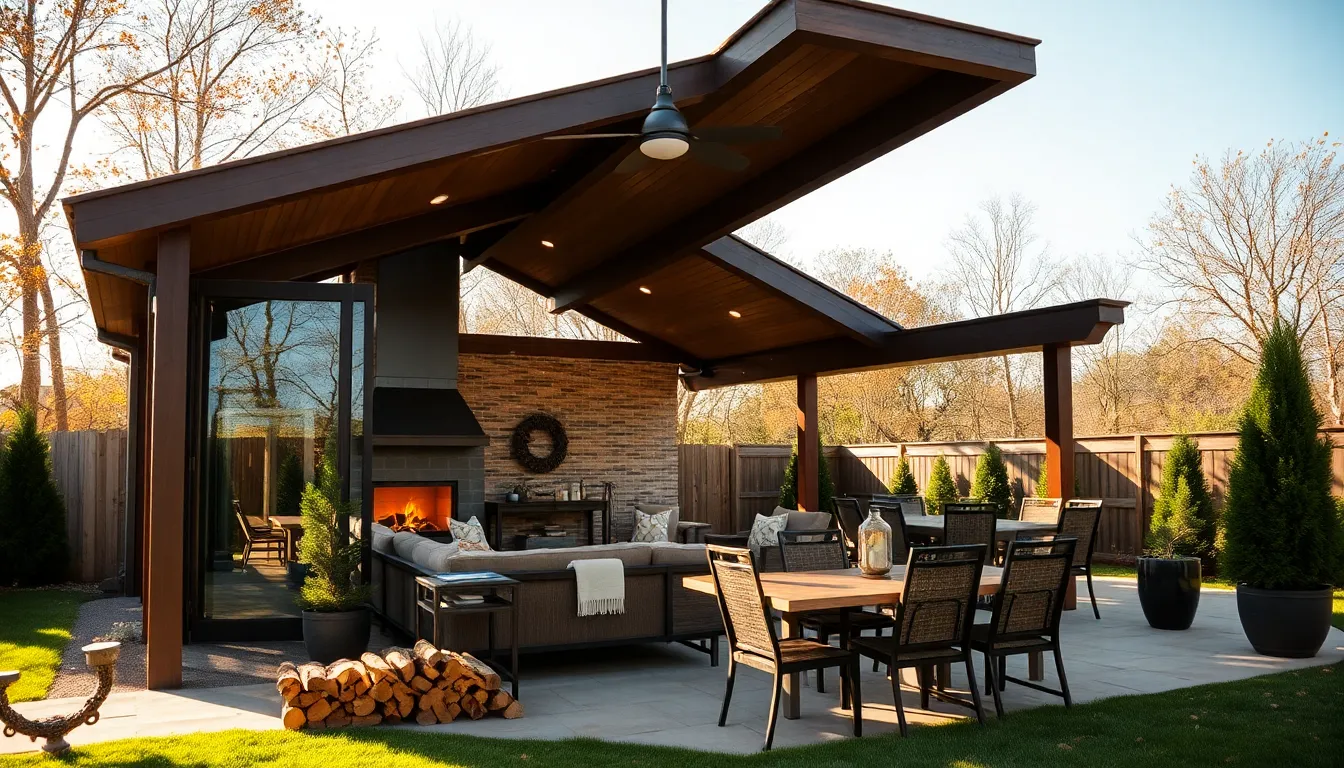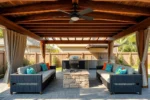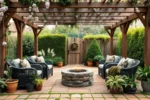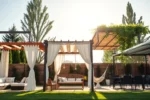Transforming your outdoor space into a cozy retreat that works year-round is easier than you might think. Whether you’re just starting to explore outdoor living or looking to upgrade your existing setup, choosing the right structure can make all the difference in comfort and style.
In this article, you’ll discover 12 versatile outdoor structures designed to keep you comfortable through every season. From simple shelters to more elaborate designs, we’ll guide you through practical options that fit various needs and budgets, helping you create an inviting space you’ll love anytime.
Understanding All-Season Outdoor Needs
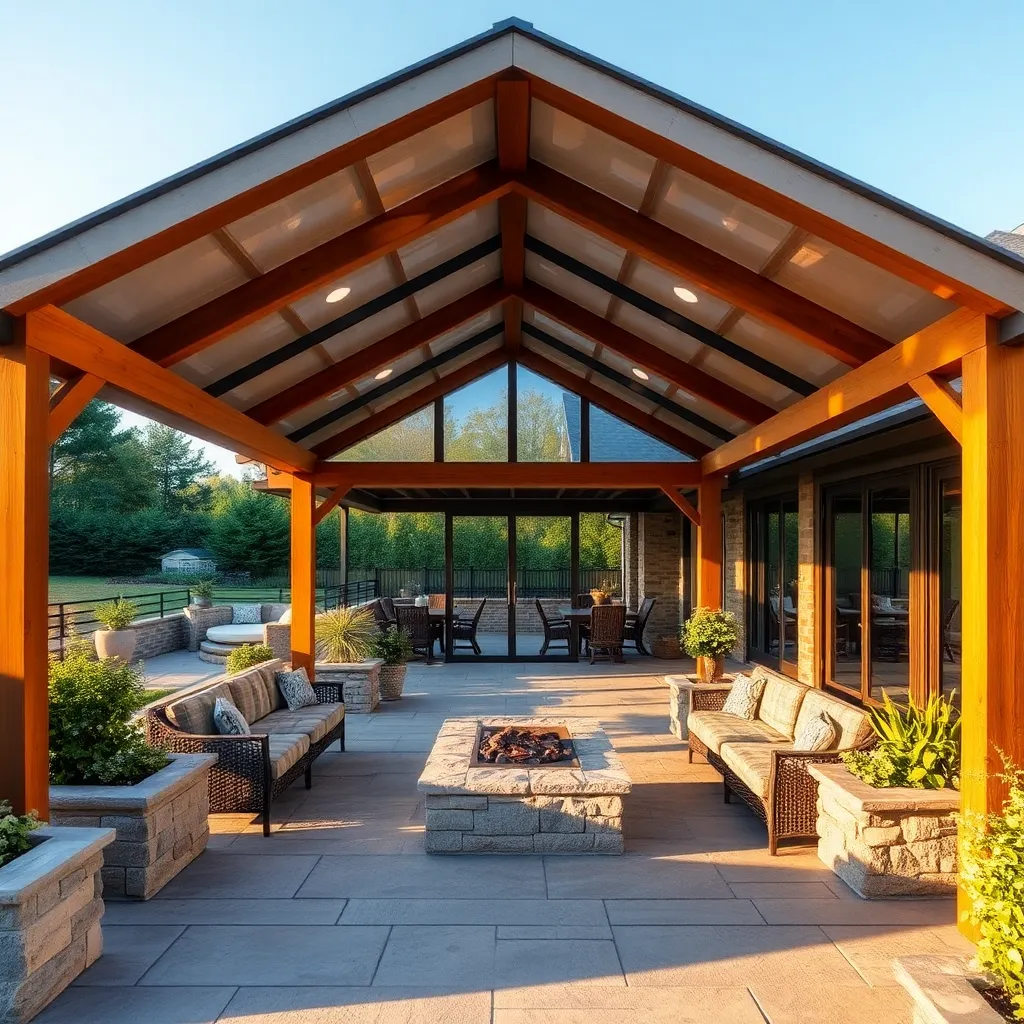
Creating an all-season outdoor shelter starts with selecting durable, weather-resistant materials like cedar, redwood, or powder-coated aluminum for the frame. Incorporate adjustable side panels or retractable screens to protect against wind, rain, and insects while allowing ventilation in warmer months. For roofing, consider polycarbonate panels or metal roofs with proper insulation to ensure durability and temperature control throughout the year.
To enhance comfort year-round, integrate strategic lighting and heating options such as LED string lights and portable propane heaters or built-in electric fireplaces. Design the shelter with a slightly pitched roof and overhangs of at least 12 inches to efficiently shed snow and rain, preventing buildup and damage. For advanced functionality, add insulated flooring or weatherproof outdoor rugs to maintain warmth and comfort underfoot during colder seasons.
Designing Versatile Pergolas
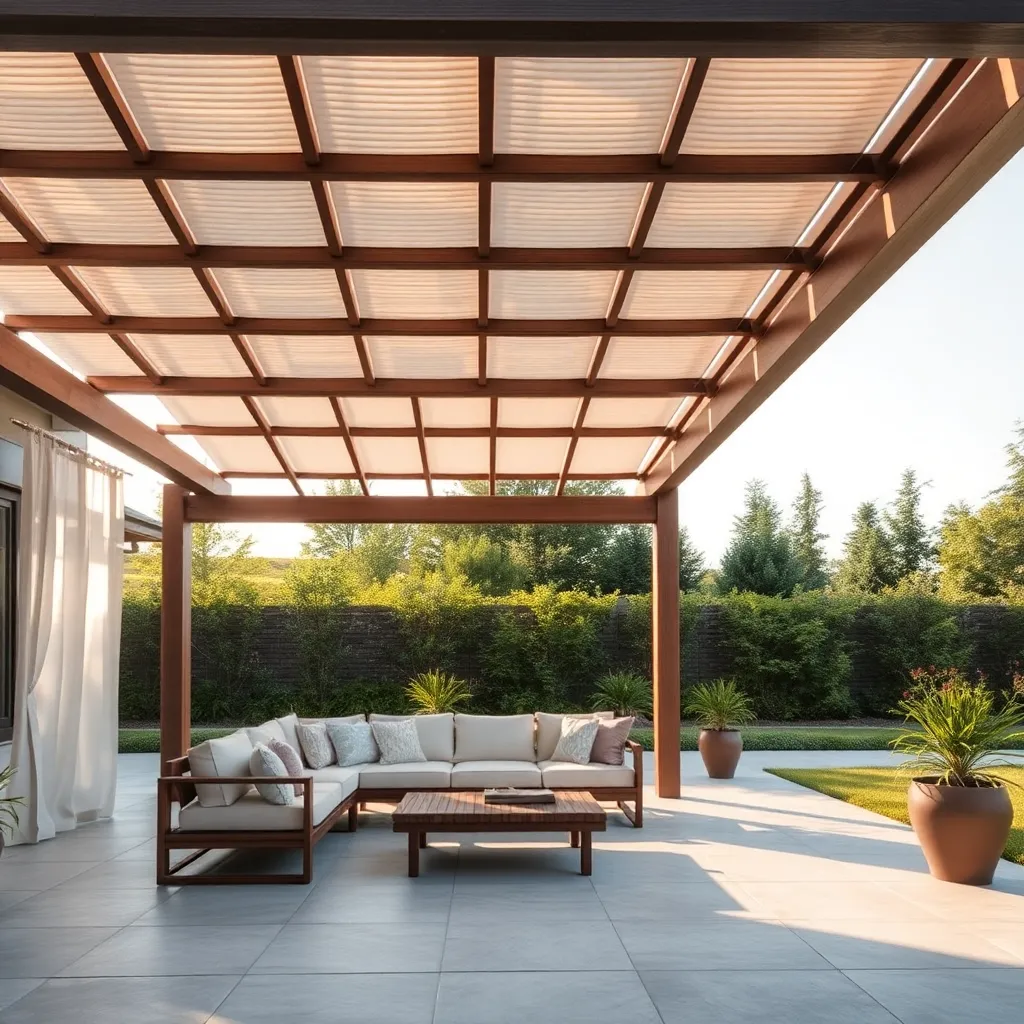
When designing versatile pergolas, start by selecting durable materials like cedar, redwood, or powder-coated aluminum for long-lasting beauty and weather resistance. Incorporate adjustable features such as retractable canopies or louvered roofs to control sunlight and ventilation, enhancing comfort through all seasons.
To maximize functionality, consider adding integrated climbing plants, built-in seating, or modular panels for privacy and wind protection. For advanced customization, install weatherproof lighting and retractable side curtains, allowing the pergola to transform from a sunny retreat to a cozy, sheltered space as needed.
Building Insulated Gazebos
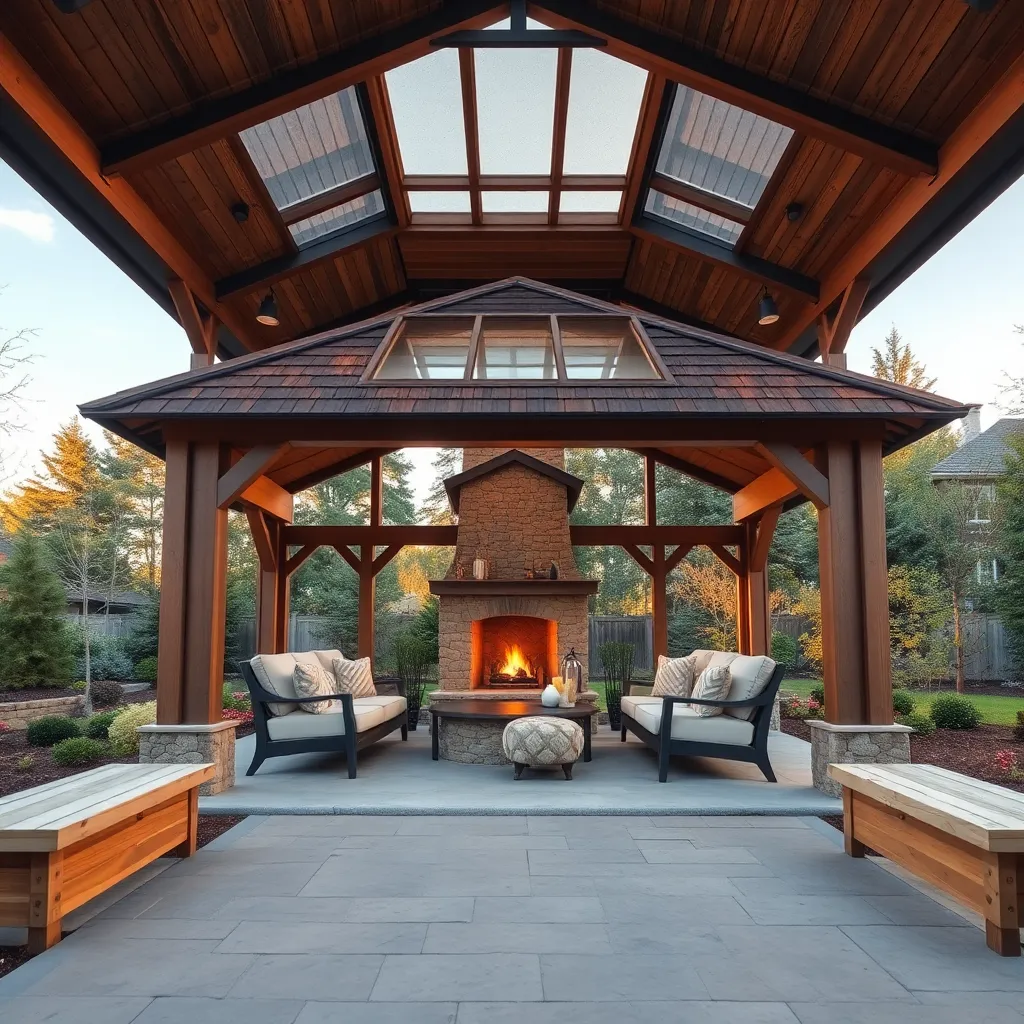
Creating an insulated gazebo starts with selecting durable framing materials like pressure-treated wood or aluminum, which provide a sturdy base and resist weather damage. For insulation, use rigid foam panels or spray foam applied between the framing and interior walls to maintain comfortable temperatures year-round. Incorporate double-glazed windows and weather-resistant doors to reduce heat loss and improve energy efficiency, while ensuring proper ventilation with adjustable vents or ceiling fans to prevent condensation buildup.
To maximize all-season usability, consider adding a pitched roof with insulated roofing panels or shingles combined with a reflective radiant barrier beneath to reduce heat gain in summer and retain warmth in winter. For flooring, install insulated, weatherproof decking materials such as composite boards or treated wood with a vapor barrier underneath to prevent cold seeping up from the ground. Finally, enhance comfort and style by integrating built-in seating with thermal cushions and adding outdoor-rated electric heaters or a wood stove for cozy warmth during colder months.
Advantages of Enclosed Sunrooms
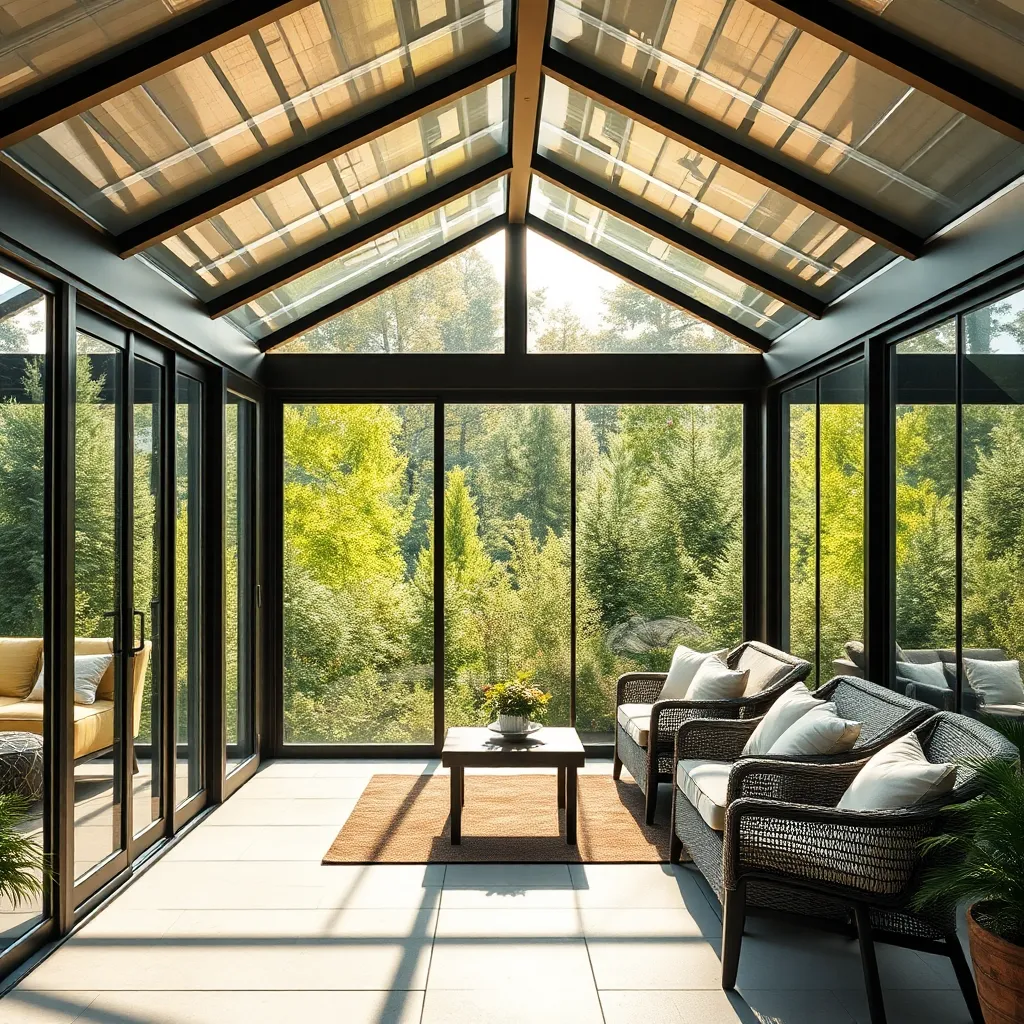
Enclosed sunrooms provide year-round usability by combining the openness of outdoor spaces with protection from the elements. For optimal comfort, use double-pane tempered glass panels and insulated framing materials like vinyl or fiberglass to maintain temperature control. Incorporate operable windows or sliding doors to improve ventilation during warmer months, ensuring the space remains fresh and inviting.
When designing your sunroom, consider including energy-efficient features such as low-E glass coatings and weatherstripping to reduce heat loss and minimize drafts. For advanced customization, integrate radiant floor heating or ceiling fans to extend comfort through seasonal changes. Additionally, plan for durable flooring options like porcelain tile or sealed hardwood that withstand both sunlight exposure and occasional moisture.
Incorporating Fire Pits and Heaters
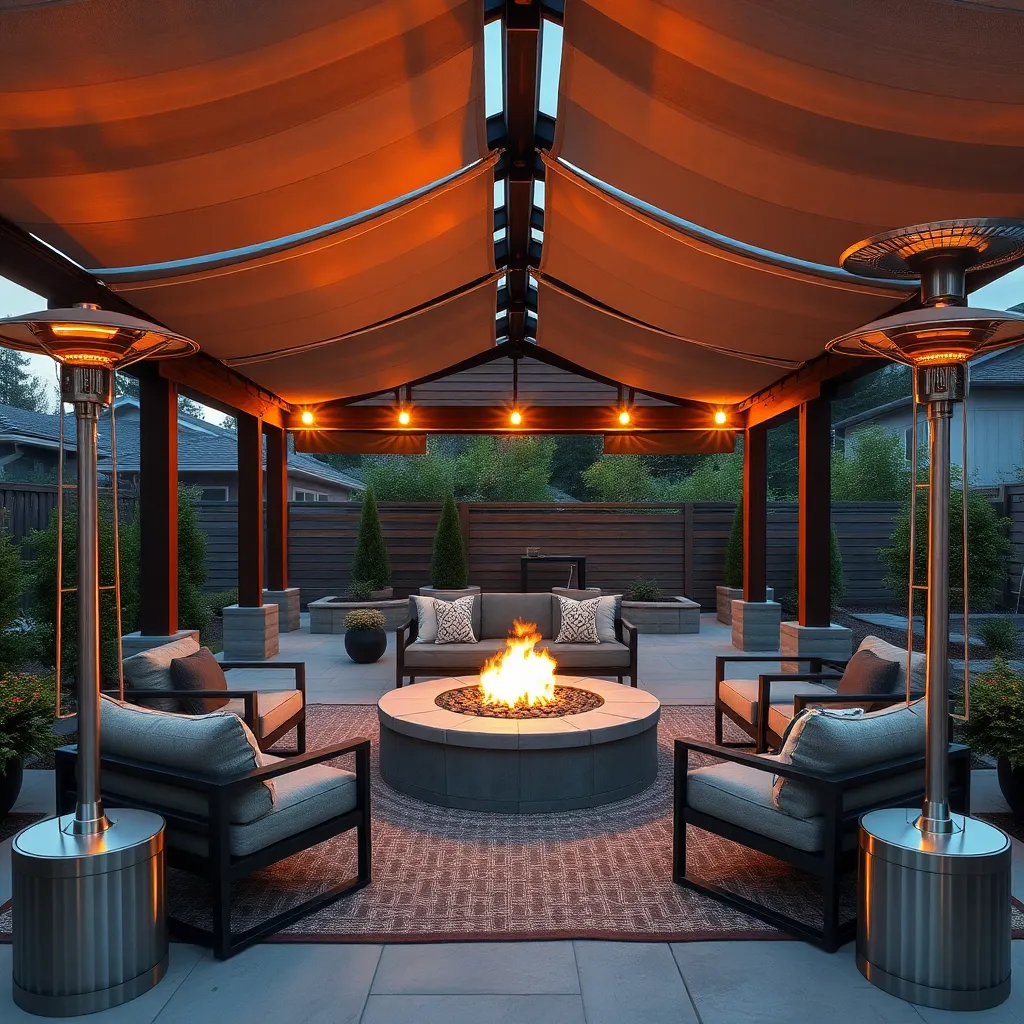
Integrating fire pits and heaters into outdoor shelters enhances year-round comfort and extends usability into cooler months. For safety and warmth efficiency, position fire pits on non-combustible surfaces like stone or concrete within spacious, ventilated areas. Consider built-in gas heaters with adjustable settings and weather-resistant covers to maintain cozy temperatures without overwhelming smoke or fumes.
To maximize both style and function, select durable materials such as stainless steel or cast iron for heaters, and use natural stone or brick surrounds for fire pits to complement your shelter’s design. For advanced setups, install a retractable canopy or windbreak panels to protect flames and heat from elements, ensuring consistent warmth and a relaxing atmosphere any time of year.
Utilizing Retractable Awnings
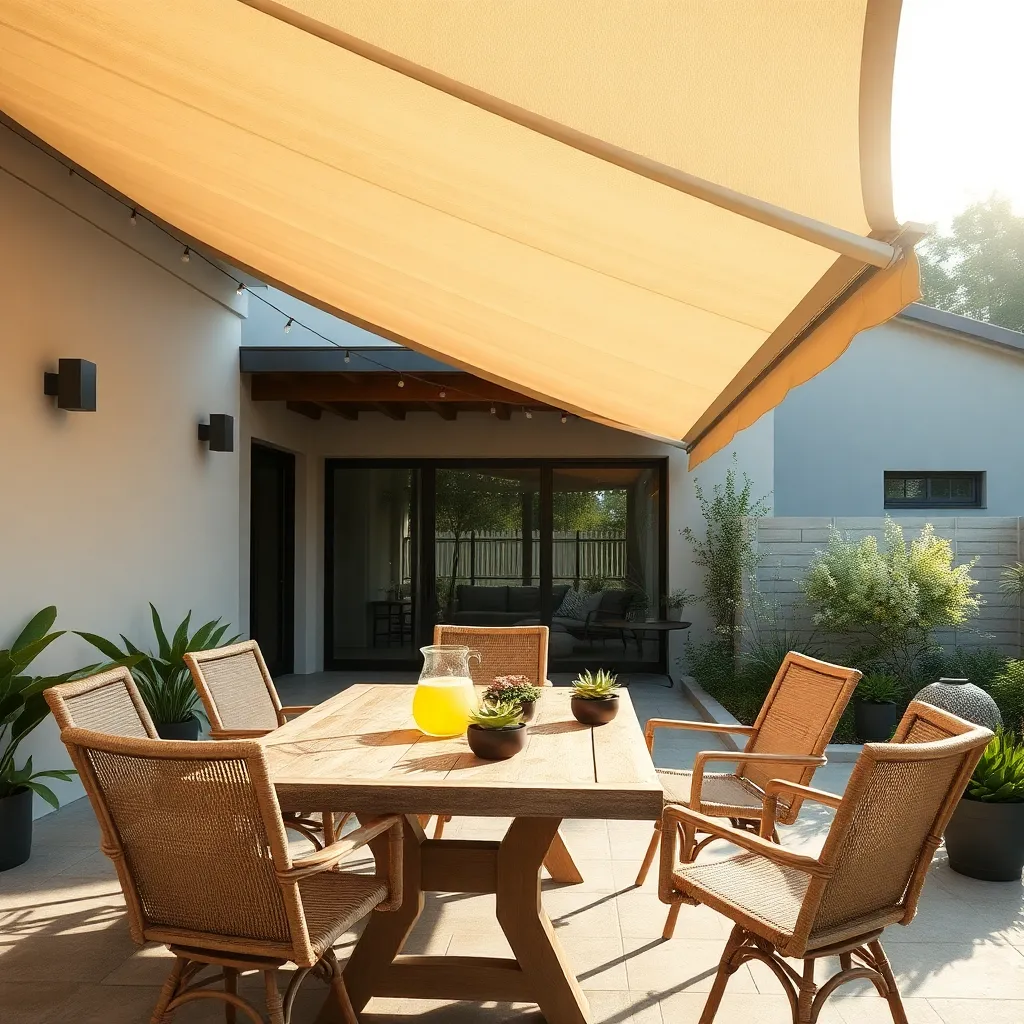
Retractable awnings offer versatile shade and weather protection, making them ideal for all-season outdoor comfort. When selecting an awning, choose durable materials like acrylic or solution-dyed polyester fabric, which resist fading and mildew. Ensure the frame is made from powder-coated aluminum to withstand rust and provide long-lasting support. For optimal coverage, measure your patio or deck carefully and consider motorized options with remote controls for easy operation and precise adjustment to sunlight and rain conditions.
To maximize functionality, install retractable awnings with a slight pitch to encourage water runoff and prevent pooling during rain. Advanced tips include integrating sensors that automatically retract the awning during strong winds or heavy rain, protecting both the fabric and the structure. Additionally, pairing awnings with side curtains or clear vinyl panels can extend your sheltered space, blocking wind and retaining warmth for cozy all-season use.
Crafting Weatherproof Patio Covers
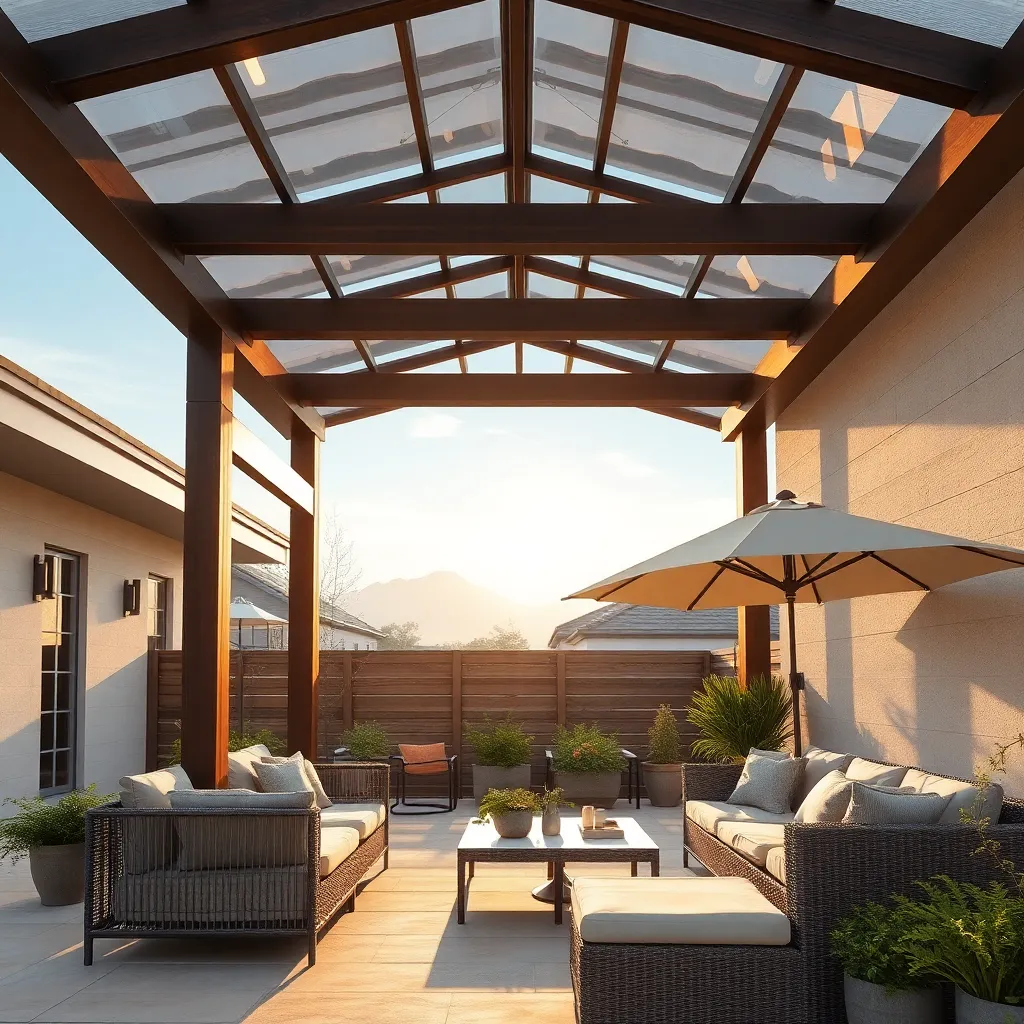
Creating a weatherproof patio cover starts with selecting durable materials like aluminum or pressure-treated wood that resist moisture and UV damage. Incorporate a sloped roof design with polycarbonate panels or metal roofing to efficiently shed rain and snow, ensuring longevity and minimal maintenance. For added protection, consider sealing joints with waterproof caulking and installing gutters to divert water away from your outdoor living space.
To enhance functionality, design your patio cover with adjustable features such as louvered panels or roll-down vinyl screens that allow you to control sunlight and wind exposure throughout the seasons. Adding built-in lighting and ceiling fans can extend comfort into cooler or warmer months, making your patio a versatile all-year retreat. Remember, precise measurements and sturdy anchoring to your home or freestanding posts are essential for a safe, lasting structure.
Maximizing Comfort with Windbreaks
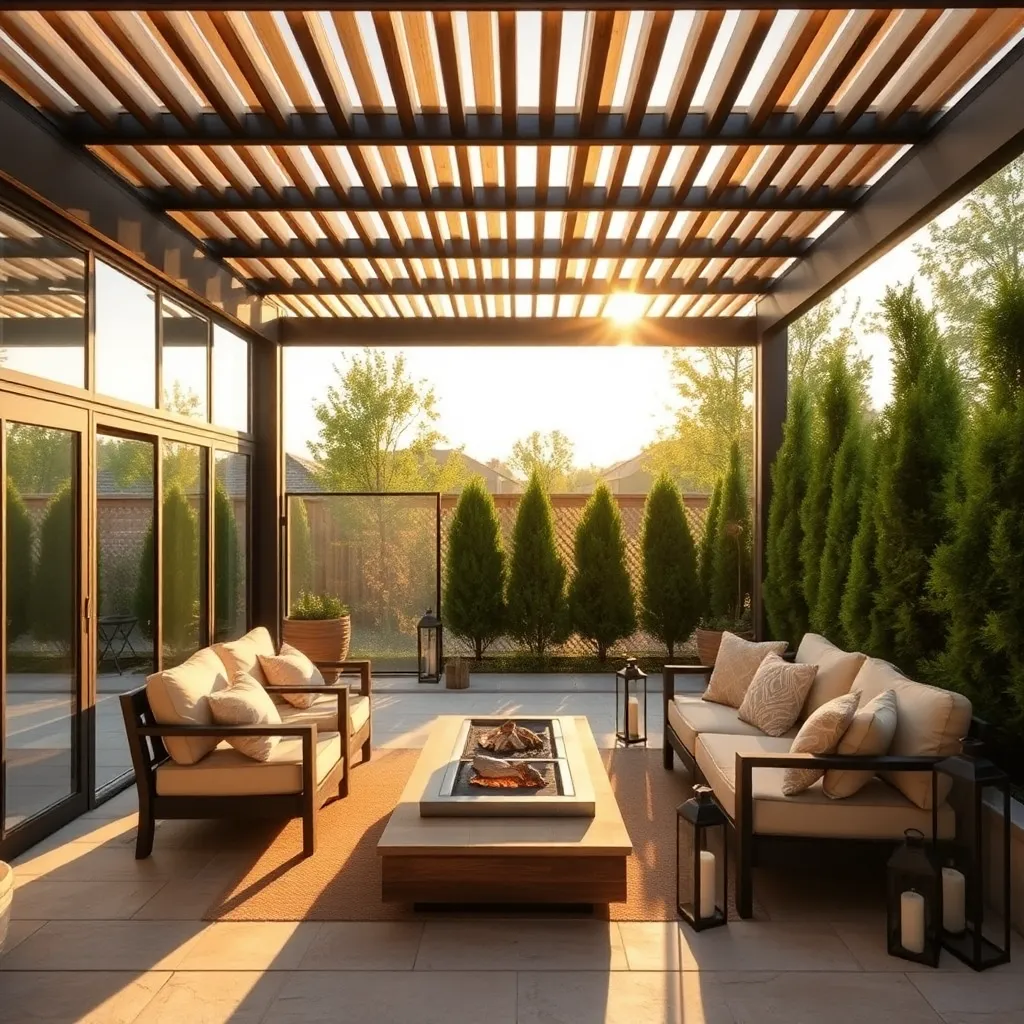
Creating effective windbreaks starts with choosing the right materials such as sturdy wood panels, lattice screens, or dense shrubbery to block prevailing winds. For best results, position your windbreak within 10-15 feet of your seating area and extend it at least 6-8 feet high to significantly reduce wind chill. Incorporate a mix of solid and permeable elements like slatted wood or evergreen hedges to allow some airflow, which prevents turbulence and enhances comfort.
To boost durability and aesthetics, consider using weather-resistant cedar or composite materials that require minimal maintenance. Adding features like built-in seating or planter boxes along the windbreak can maximize space and create a cozy, multifunctional outdoor shelter. For advanced comfort, integrate adjustable panels or retractable screens that allow you to control wind exposure seasonally, making your outdoor area inviting year-round.
Installing Durable Outdoor Curtains
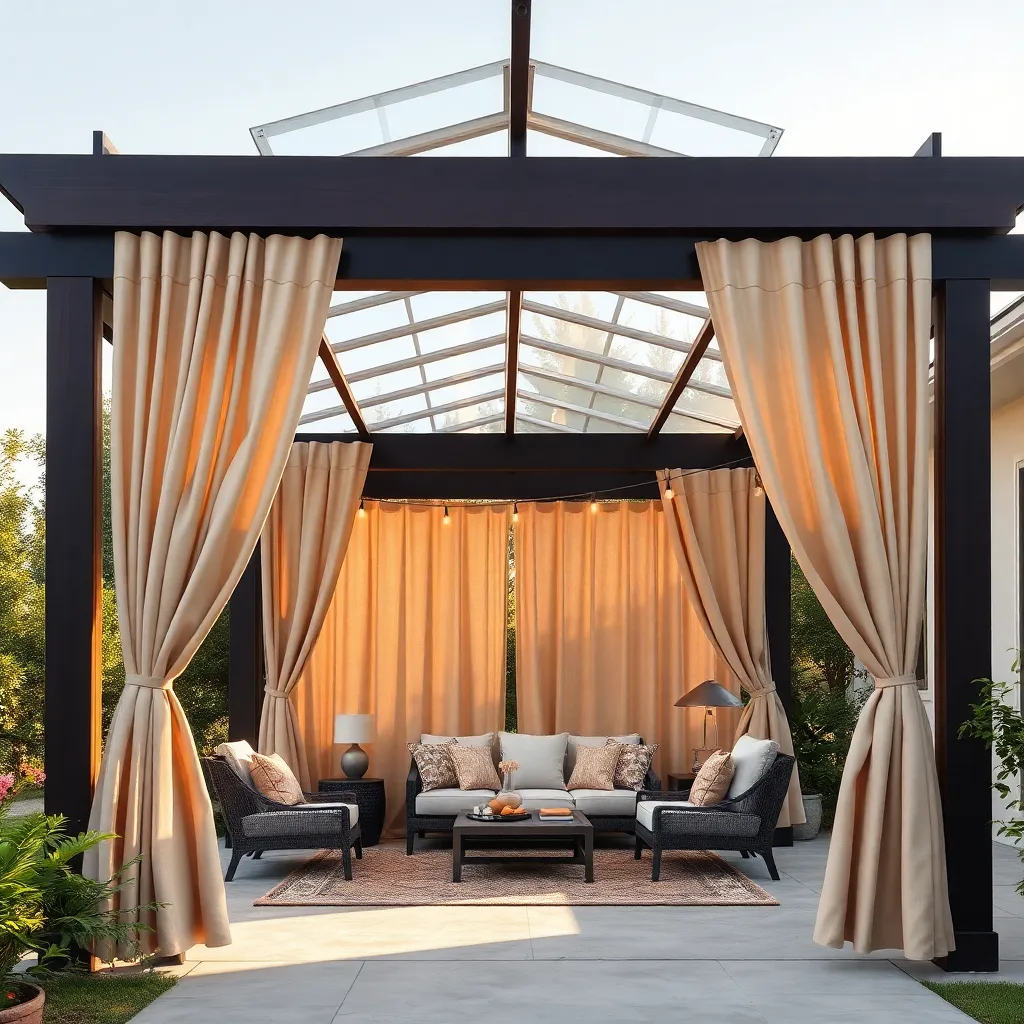
Choosing weather-resistant fabrics like solution-dyed acrylic or polyester ensures your outdoor curtains withstand sun, rain, and wind without fading or mildew. For ease of use, install sturdy stainless steel or powder-coated aluminum curtain rods with smooth gliders, and consider adding tiebacks or magnetic holdbacks to secure curtains during breezy days. To maximize coverage, measure the width and height of your shelter openings carefully, allowing curtains to extend at least a few inches beyond the frame for full protection.
For a polished, functional look, opt for grommet-top or tab-top curtains that slide easily and resist wear from frequent movement. Advanced tip: integrate heavy-duty outdoor Velcro or snap buttons along the edges to join curtain panels tightly, creating an effective barrier against drafts and insects. Regularly clean and treat fabric with water-repellent sprays to maintain durability and fresh appearance, ensuring your outdoor space stays comfortable and inviting year-round.
Selecting Materials for Year-Round Use
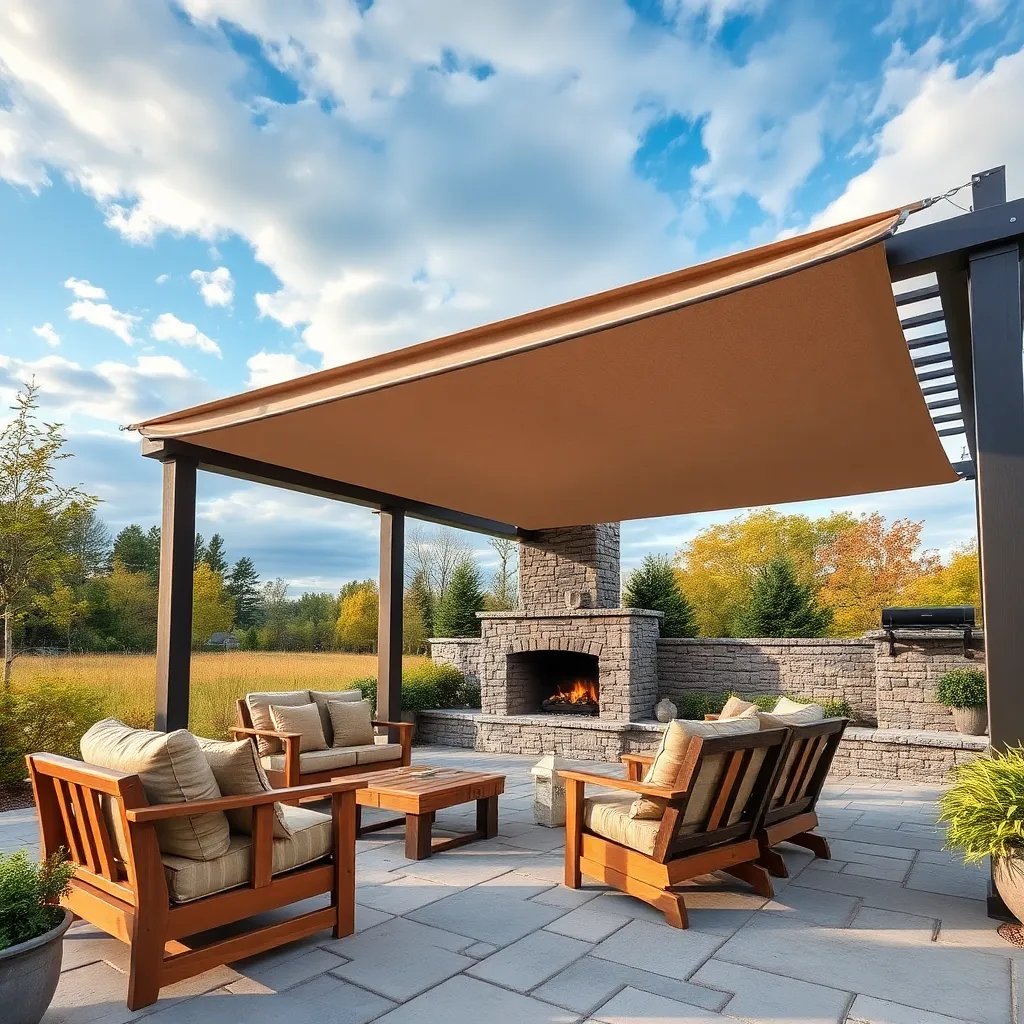
When choosing materials for year-round outdoor shelters, prioritize weather-resistant options like cedar, redwood, or pressure-treated lumber for framing and siding. These woods naturally resist rot, insects, and moisture, extending the shelter’s lifespan without heavy maintenance. For roofing, consider durable materials such as metal or architectural asphalt shingles, which shed snow and rain efficiently while providing insulation against temperature extremes.
Incorporate design features like removable or adjustable panels and insulated curtains to adapt your shelter to seasonal changes. Adding weatherproof seals around doors and windows helps maintain comfort during colder months. For advanced durability, apply high-quality stains or sealants annually, and use galvanized or stainless steel fasteners to prevent rust and structural weakening over time.
Enhancing Spaces with Outdoor Kitchens
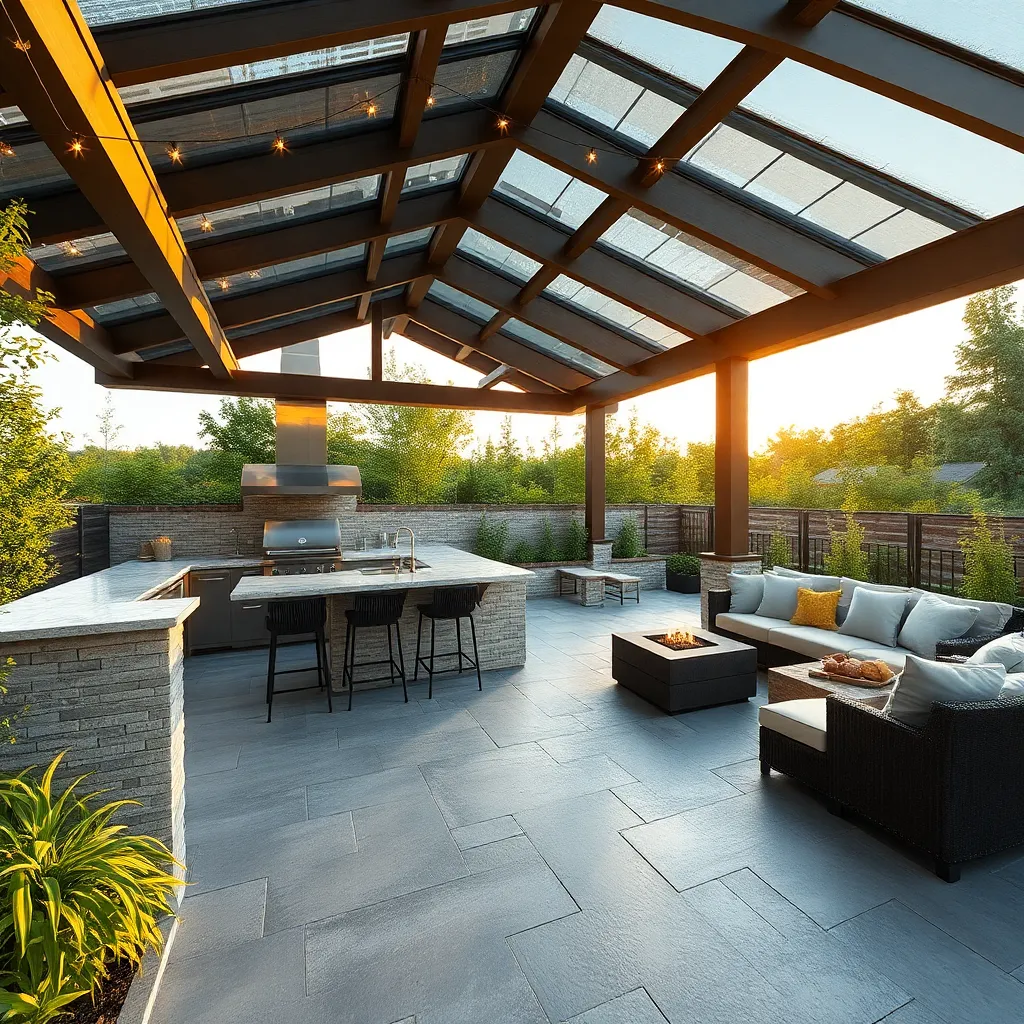
Creating an outdoor kitchen can elevate your backyard into a functional, inviting space perfect for entertaining year-round. Focus on durable, weather-resistant materials like stainless steel appliances, concrete countertops, and stone or brick bases to withstand the elements. Incorporate essential features such as a built-in grill, ample counter space of at least 6 feet for prep work, and storage cabinets with waterproof seals to keep tools and utensils protected.
For a seamless all-season setup, consider adding a sturdy pergola or a roofed shelter with integrated lighting and ceiling fans for comfort. Advanced tips include installing retractable screens or weatherproof curtains to block wind and rain, as well as under-counter refrigeration units for convenience. Don’t forget to plan for proper ventilation and drainage to maintain cleanliness and safety while cooking outdoors.
Maintaining and Protecting Outdoor Structures
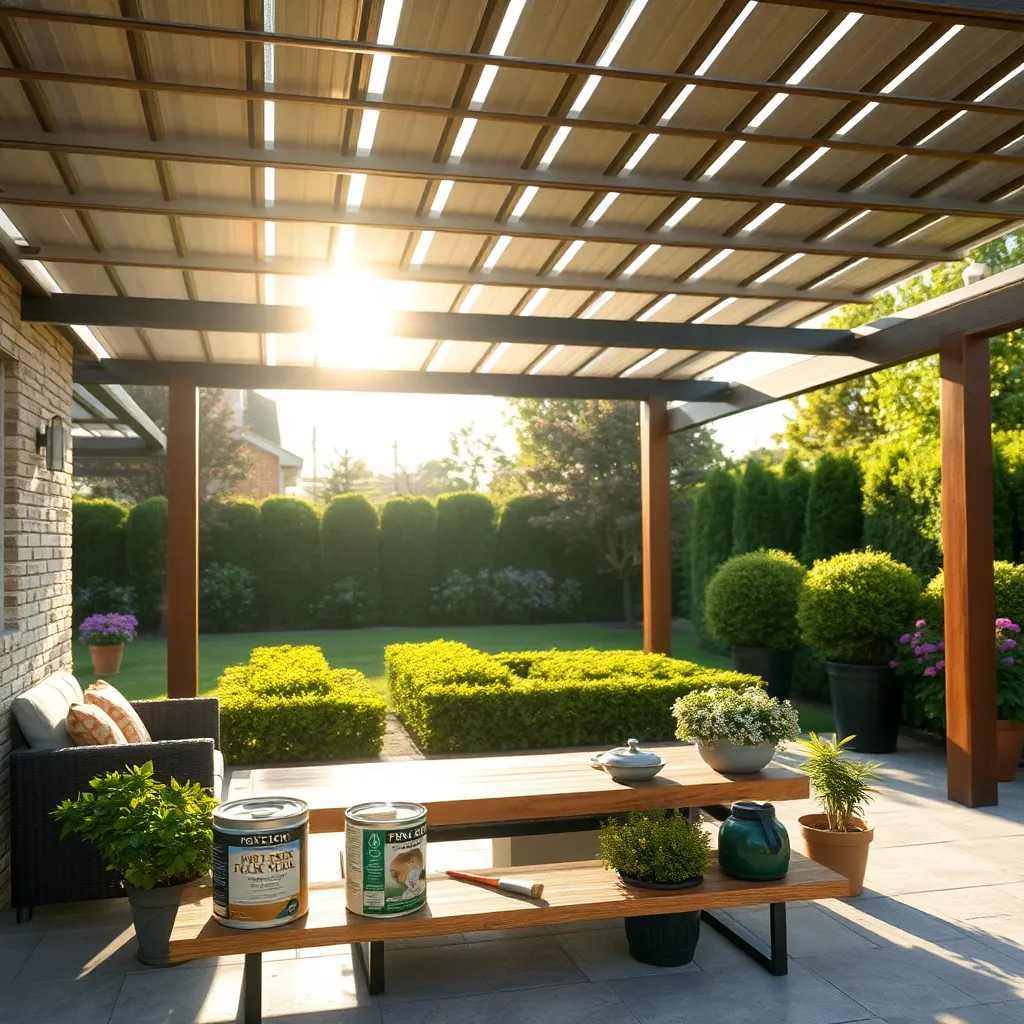
Protecting your outdoor structures starts with choosing weather-resistant materials such as treated wood, composite decking, or powder-coated metals that prevent rot and rust. Regularly inspect joints and fasteners to ensure stability, and apply sealants or protective stains annually to extend the life of wood surfaces. For added durability, incorporate design elements like sloped roofs for water runoff and raised foundations to avoid ground moisture damage.
Maintaining your shelter also involves simple seasonal care routines that can make a big difference. Clean debris and leaves from roofs and gutters to prevent water pooling, and use breathable covers or retractable screens to shield against sun and wind without trapping moisture. Advanced tip: consider installing UV-resistant finishes and corrosion-resistant hardware for long-term protection, especially in harsh climates.
Conclusion: Creating Beautiful Outdoor Spaces
Creating a comfortable outdoor space all year round is a powerful way to nurture your relationships and create lasting memories. From cozy pergolas and inviting gazebos to versatile sunrooms and weatherproof pavilions, each of the 12 structures offers unique benefits to enhance connection and comfort no matter the season. Whether you choose a fire pit seating area for intimate conversations or a screened porch to enjoy nature without the bugs, these spaces encourage quality time and shared experiences.
Your next step is simple: pick one structure that resonates with your lifestyle and start envisioning how it can bring you closer to your loved ones. Even a small upgrade can spark meaningful moments. Be sure to save or bookmark this article so you can revisit these ideas whenever you’re ready to create your perfect outdoor retreat.
By investing in spaces that foster togetherness, you’re building a foundation for relationship success that lasts through all seasons—because comfort and connection go hand in hand. Embrace this journey with warmth and intention, and watch your relationships flourish.

